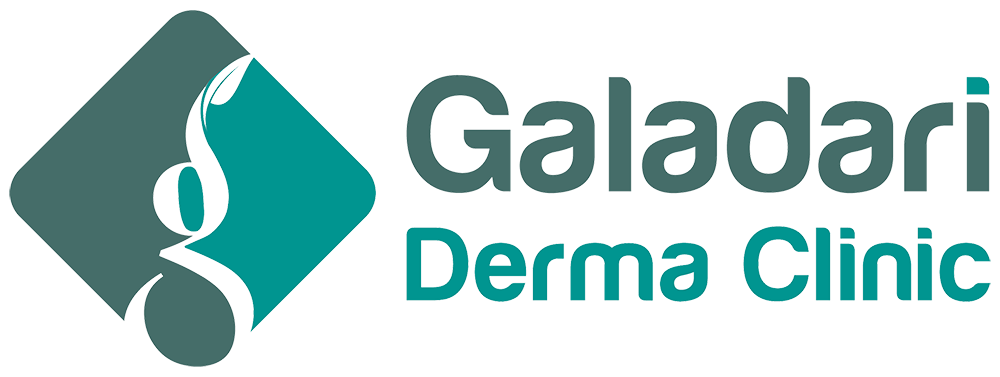
Sclerotherapy effectively treats varicose and spider veins. It's often considered the treatment of choice for small varicose veins.
Sclerotherapy involves injecting a solution directly into the vein. The sclerotherapy solution causes the vein to scar, forcing blood to reroute through healthier veins. The collapsed vein is reabsorbed into local tissue and eventually fades.
After sclerotherapy, treated veins tend to fade within a few weeks, although occasionally it may take a month or more to see the full results. In some instances, several sclerotherapy treatments may be needed.
Sclerotherapy is often done for:
• Cosmetic purposes — to improve the appearance of varicose and spider veins
The procedure can also improve related symptoms such as:
• Aching
• Swelling
• Burning
• Night cramps
If you're pregnant or breast-feeding, doctors recommend waiting to have sclerotherapy done.
Risks
• Sclerotherapy results in few serious complications.
• Temporary side effects
Some side effects that may occur at the site of the injection include:
• Bruising
• Raised red areas
• Small skin sores
• Darkened skin in the form of lines or spots
• Multiple tiny red blood vessels
These side effects usually go away within a few days to several weeks.
Some side effects can take months or even years to disappear completely and will require treatment.
Other complications are less common but may require treatment. These include:
• Inflammation
This is usually mild but may cause swelling, warmth and discomfort around the injection site. Your doctor may suggest an over-the-counter pain reliever such as aspirin or ibuprofen (Advil, Motrin IB, others) to reduce the inflammation.
• Blood clot
A lump of clotted blood may form in a treated vein that may require drainage. Rarely, a blood clot may travel to a deeper vein in your leg (deep vein thrombosis).
Deep vein thrombosis carries a risk of pulmonary embolism (a very rare complication of sclerotherapy), an emergency situation where the clot travels from your leg to your lungs and blocks a vital artery. Seek immediate medical care if you experience difficulty breathing, chest pain or dizziness, or you cough up blood.
• Air bubbles
Tiny air bubbles may rise in your bloodstream. These don't always cause symptoms, but if they do, symptoms include visual disturbances, headaches, fainting and nausea. These symptoms generally go away, but call your doctor if you experience problems with limb movement or sensation after the procedure.
• Allergic reaction
It's possible that you may have an allergic reaction to the solution used for treatment, but this is uncommon.
How you prepare
•Before the procedure, your doctor performs a physical exam and gathers your medical history.
•Physical examination
Your doctor will:
• Evaluate the involved veins
• Check for any underlying blood vessel disease
Medical history
Your doctor will want to know your medical history, including asking about any:
• Recent illnesses or existing medical conditions, such as a heart condition or a past history of blood clots
• Medications or supplements you take, especially aspirin, ibuprofen (Advil, Motrin IB, others), naproxen sodium (Aleve, Anaprox Ds), blood thinners, iron supplements or herbal supplements
• Allergies
• Previous treatment for varicose veins and the results of the treatmentIf you take aspirin, ibuprofen, naproxen sodium or blood thinners, your doctor may instruct you on how to stop taking the medication for a certain amount of time before the procedure, to reduce the chances of bleeding.
Ultrasound
Depending on which veins are involved, your doctor may request ultrasound imaging on the veins in your legs. Ultrasound is a painless procedure that uses sound waves to produce images of structures inside the body.
The day before
Before the procedure, avoid shaving or applying any lotion to your legs. (Don't shave or use lotion after the procedure until the injection site is healed either.) Wear loose, comfortable clothing to your appointment. You might even consider wearing a pair of shorts so that your legs are exposed.
